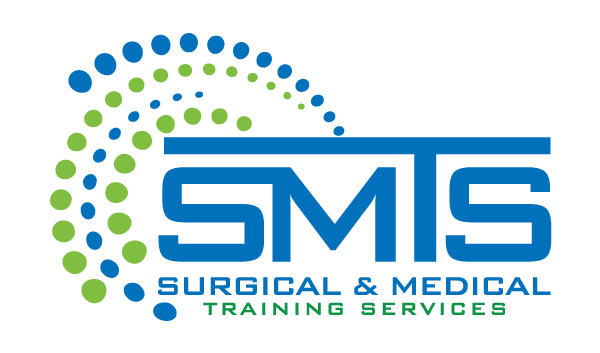Cadaver use plays a crucial role in orthopedic surgical training for several reasons. Here’s a breakdown of its importance, applications, and limitations:
Importance of Cadaver Use in Orthopedics
- Anatomical Accuracy
Cadavers offer unmatched fidelity in replicating human anatomy, including variations in bone density, joint articulation, soft tissues, and neurovascular structures. - Hands-On Surgical Skill Development
Trainees can practice real procedures (e.g., joint replacements, fracture fixation, arthroscopies) in a risk-free environment. - Tactile Feedback
Unlike virtual simulations or synthetic models, cadavers provide realistic tactile feedback—critical in orthopedic procedures that rely on manual dexterity. - Team-Based Learning
Full procedural simulations involving surgeons, assistants, and operating room protocols are possible, improving teamwork and communication.
Common Applications
- Joint Arthroplasty (e.g., hip, knee replacements)
- Fracture Fixation Techniques (e.g., internal fixation with plates/screws)
- Arthroscopic Procedures (e.g., shoulder, knee)
- Spinal Surgeries (e.g., laminectomy, fusion)
- Pelvic and acetabular fracture training
